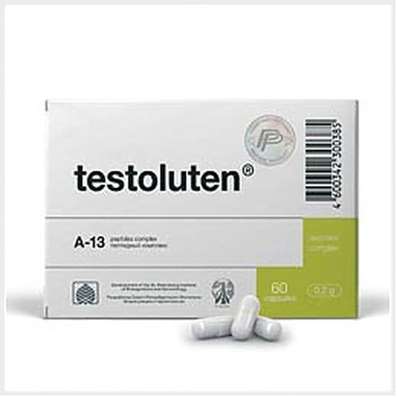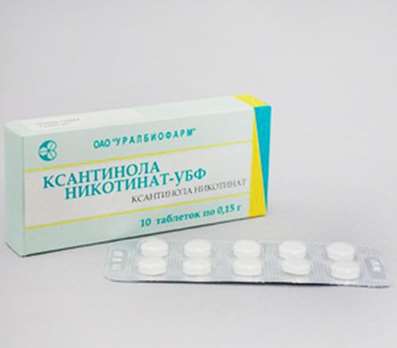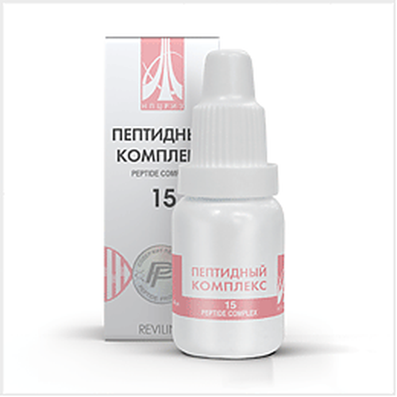Instruction for use: Ariprizole
I want this, give me price
Dosage form: tablets
Active substance: Aripiprazole *
ATX
N05AX12 Aripiprazole
Pharmacological group:
Neuroleptics
The nosological classification (ICD-10)
F20 Schizophrenia: Schizophrenic conditions; Exacerbation of schizophrenia; Schizophrenia; Chronic schizophrenia; Dementia praecox; Bleuler's disease; Psychotic discordant; Dementia early; The febrile form of schizophrenia; Chronic schizophrenic disorder; Psychosis of the schizophrenic type; Acute form of schizophrenia; Acute schizophrenic disorder; Cerebral Organic Insufficiency in Schizophrenia; Acute attack of schizophrenia; Schizophrenic psychosis; Acute schizophrenia; Sluggish schizophrenia; Sluggish schizophrenia with apathoabulic disorders; Acute stage of schizophrenia with excitation
F30 Manic episode: Manic-depressive disorder; Manic agitation; Manic state; Manic conditions; A manic condition; Manic syndrome; Acute manic syndrome
F31.1 Bipolar affective disorder, current episode of mania without psychotic symptoms: Mania in bipolar disorders
F31.2 Bipolar affective disorder, current episode of mania with psychotic symptoms: Manic episode of bipolar disorder; Mania in bipolar disorders
F32 Depressive episode: Adynamic subdepression; Astheno-adynamic subdepressive states; Asthenodepressive disorder; Astheno-depressive disorder; Asthenodepressive state; Astheno-depressive state; Major Depressive Disorder; Vyaloapatichesky depression with retardation; Double depression; Depressive pseudodement; Depressive illness; Depressive mood disorder; Depressive disorder; Depressive mood disorder; Depressive state; Depressive disorders; Depressive syndrome; Depressive syndrome larviated; Depressive syndrome with psychoses; Depressed masks; Depression; Depression Depletion; Depression with the phenomena of inhibition within the framework of cyclothymia; Depression is smiling; Involutional depression; Involutionary melancholy; Involutional depression; Manic-depressive disorder; Masked Depression; Melancholic Attack; Neurotic depression; Neurotic depression; Shallow Depression; Organic depression; Organic depressive syndrome; Simple depression; Simple melancholic syndrome; Psychogenic depression; Reactive depression; Reactive depression with moderate psychopathological symptoms; Reactive depressive states; Reactive depression; Recurrent depression; Seasonal depressive syndrome; Severostatic depression; Senile Depression; Senile Depression; Symptomatic Depression; Somatogenic depression; Cyclotymic depression; Exogenous Depression; Endogenous depression; Endogenous Depressive Conditions; Endogenous Depression; Endogenous depressive syndrome
F33 Recurrent depressive disorder: Major depressive disorder; Secondary depression; Double Depression; Depressive pseudodement; Depressive mood disorder; Depressive disorder; Depressive mood disorder; Depressive state; Depressive syndrome; Depressed masks; Depression; Depression is smiling; Involutional depression; Involutional depression; Masked Depression; Melancholic Attack; Reactive depression; Reactive depression with moderate psychopathological symptoms; Reactive depressive states; Exogenous depression; Endogenous depression; Endogenous Depressive Conditions; Endogenous Depression; Endogenous depressive syndrome
Composition
Tablets 1 table.
active substance:
aripiprazole 10/15/30 mg
auxiliary substances: lactose monohydrate - 61.23 / 91.53 / 183.69 mg; corn starch - 10,45 / 15,675 / 31,35 mg; MCC - 10.45 / 15.675 / 31.35 mg; giprolase - 1,9 / 2,85 / 5,7 mg; magnesium stearate - 0.95 / 1.425 / 2.85 mg; ferric oxide red oxide (E172) (for dosages of 10 and 30 mg) - 0.02 / 0.06 mg; ferric iron oxide yellow (E172) (for dosage 15 mg) 0.345 mg
Pharmachologic effect
Pharmacological action - antipsychotic.
Dosing and Administration
Inside, regardless of food intake.
Schizophrenia. The recommended initial dose is 10 to 15 mg once a day. The maintenance dose is 15 mg / day. In clinical trials, the effectiveness of the drug in doses of 10 to 30 mg / day is shown. The maximum daily dose should not exceed 30 mg.
Manic episodes in bipolar disorder. As a monotherapy the recommended initial dose is 15 mg once a day. If necessary, the dose should be changed at intervals of at least 24 hours. Clinical studies show the effectiveness of the drug at doses of 15 to 30 mg / day for
The duration of therapy for all the above indications is not established. It is necessary to conduct a regular examination of the patient for the possibility of canceling therapy.
Special patient groups
Impaired renal function. Correction of the dose is not required.
Violation of the function of the liver. Correction of the dose is not required. Patients with severe violations of liver function dose of 30 mg prescribed with caution.
Patients over 65 years of age. Correction of the dose is not required.
Floor. Dosage regimen for patients of both sexes is the same.
Smoking. The dosing regimen for smokers and non-smokers is the same.
Dosing regimen with concomitant therapy
With the simultaneous use of aripiprazole and potent inhibitors of the isoenzyme CYP3A4 (ketoconazole, clarithromycin), the dose of drugs should be reduced 2-fold; with the cancellation of inhibitors of the isoenzyme CYP3A4 the dose of the drug should be increased.
With the simultaneous use of aripiprazole and potent inhibitors of the isoenzyme CYP2D6 (quinidine, fluoxetine, paroxetine), the dose of the drug should be reduced 2-fold; with the cancellation of inhibitors of the isoenzyme CYP2D6 the dose of the drug should be increased.
If the drug is prescribed as an additional therapy for a major depressive disorder, the drug should be used without changing the dosage regimen.
With simultaneous use of the drug and potent inhibitors of CYP2D6 isoenzymes (quinidine, fluoxetine, paroxetine) and CYP3A4 (ketoconazole, clarithromycin), the dose of drugs should be reduced to 25% of the usual dose. With the cancellation of inhibitors of isoenzymes CYP3A4 and / or CYP2D6, the dose of the drug should be increased.
With simultaneous use of the drug and powerful, moderate or weak inhibitors of isoenzymes CYP3A4 and CYP2D6, its dose can be initially reduced to 25% of the usual dose, and then increased to achieve the optimal clinical result.
When the drug is prescribed for patients with a low activity of the isoenzyme CYP2D6, initially its dose should be reduced by half, and then increased to achieve the optimal clinical result. With the simultaneous use of the drug and a potent inhibitor of the isoenzyme CYP3A4 in patients with a low activity of the isoenzyme CYP2D6, its dose should be reduced to 25% of the usual dose. With the simultaneous use of the drug and potential inducers of the isoenzyme CYP3A4 (carbamazepine), the dose of drugs should be doubled. After stopping the intake of inducers of the isoenzyme CYP3A4, the dose should be reduced to the recommended dose.
Release form
Tablets, 10 mg, 15 mg, 30 mg. For 6 tables. in a blister of opa / Al / PVC foil. 5 bl. placed in a cardboard box.
Conditions of leave from pharmacies
On prescription.
Storage conditions of the drug Ariprizole
At a temperature of no higher than 25 ° C.
Keep out of the reach of children.
Shelf life of the drug Ariprizole
3 years.
Do not use after the expiry date printed on the package.

 Cart
Cart





